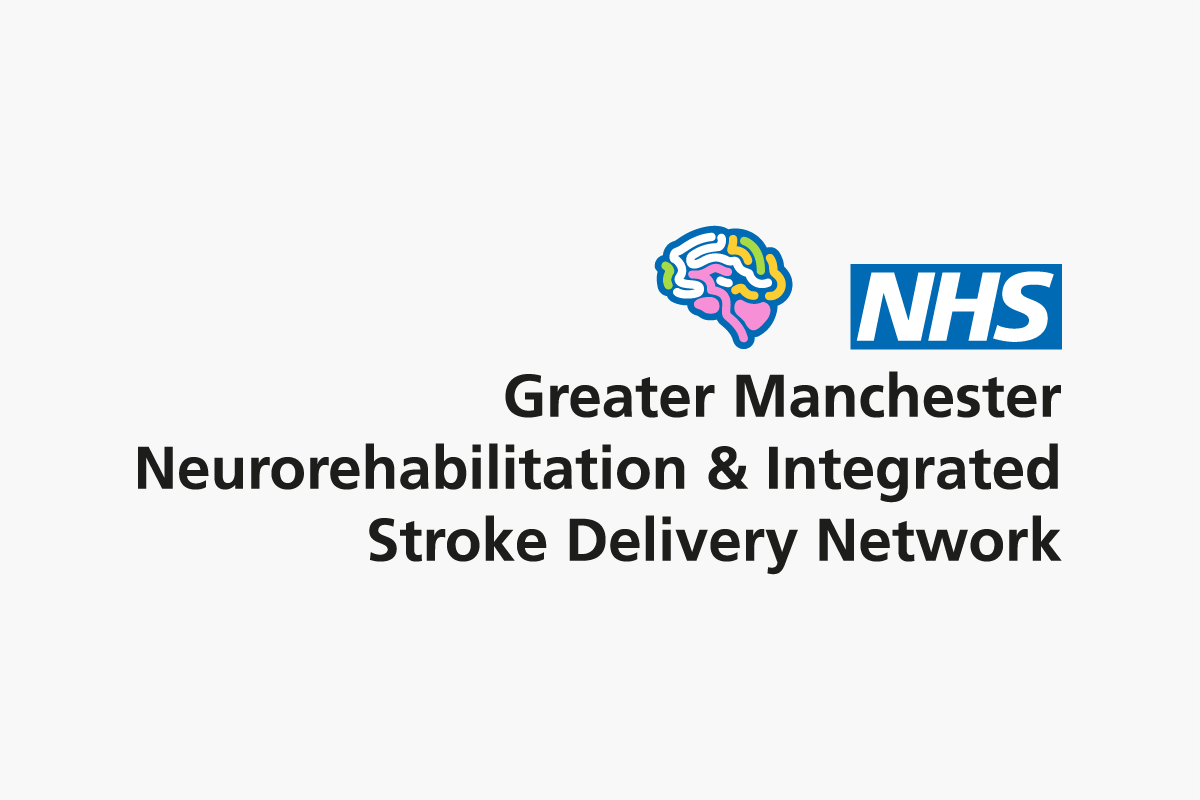Evidence-Based Upper Limb Retraining Workshop
9.00 - 4.00pm
Mayo Building, Salford Royal Hospital, Stott Ln, Salford M6 8HD

*THIS COURSE IS NOW FULL. If you would like to be added to the waiting list please complete the booking form below.
This is a 3 day face-to-face course.
Presenters: Dr Simone Dorsch & Dr Lauren Christie, The StrokeEd Collaboration, Australia
Audience: This course is open to Physiotherapists and Occupational Therapists from Greater Manchester Stroke and Neuro Rehab teams. You must be currently HCPC registered to attend the course and be able to attend all 3 days.
Places: 24
Please Note – Places are limited to 24 and fees must be paid for in full at least 1 month before the course starts to ensure your place is secured, Greater Manchester NHS employees will have priority.
In the event you need to cancel the course we will attempt to fill your space and reimburse you, but a minimum of 72 hours notice is required.
Study leave must be confirmed before applying for your place.
Cost: £400 (including lunch and refreshments)
Learning Objectives: By the end of the 3 days, participants will be able to:
- Name the essential components of normal reach and manipulation
- Recognise common compensations when observing stroke survivors attempting to grasp objects, and explain how to minimise compensatory strategies
- Name and discuss factors thought to contribute to the development of muscle overactivity, spasticity and stiffness, and intervention strategies to help minimise these secondary problems
- Explain the relationship and differences between overactivity, spasticity, muscle length changes and stiffness, missing essential components and compensations
- Plan and conduct an assessment and training session with a stroke survivor using motor learning principles and task-specific practice
- Discuss factors which affect motor learning, and can be modified to enhance learning and increase client practice
- Use an electrical stimulation machine to stimulate upper limb muscles.
- Discuss current evidence for constraint-induced movement therapy, mental practice, mirror box therapy and electrical stimulation for improving upper limb motor recovery
Further information can be found here
